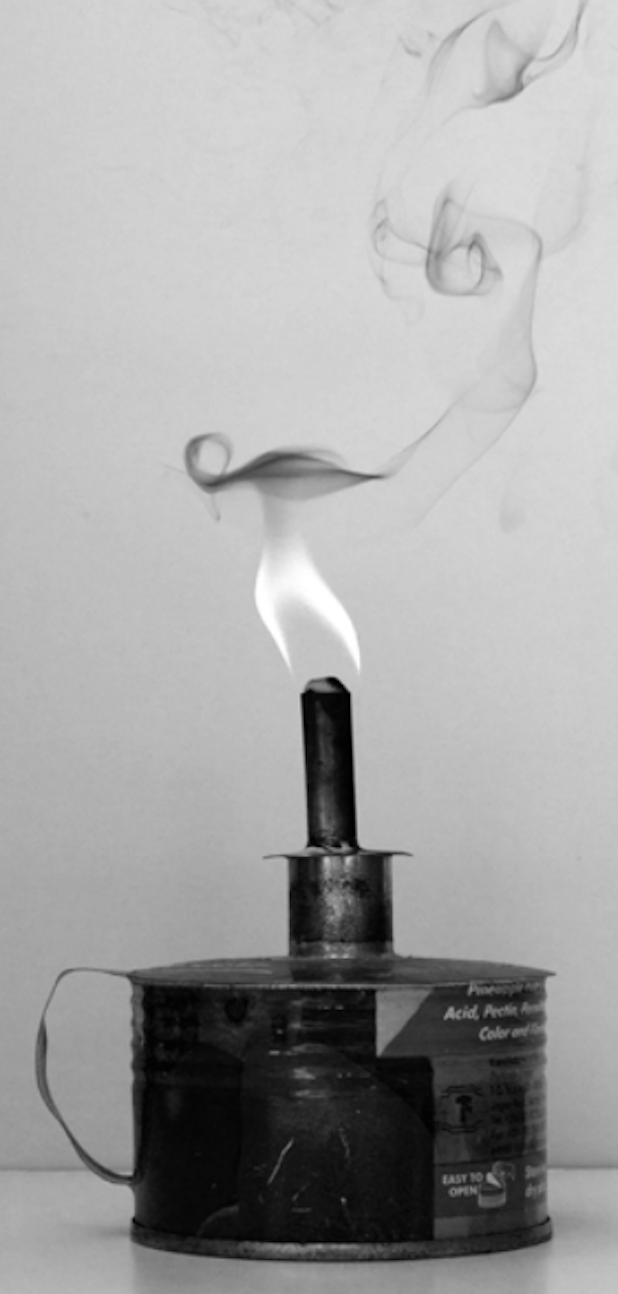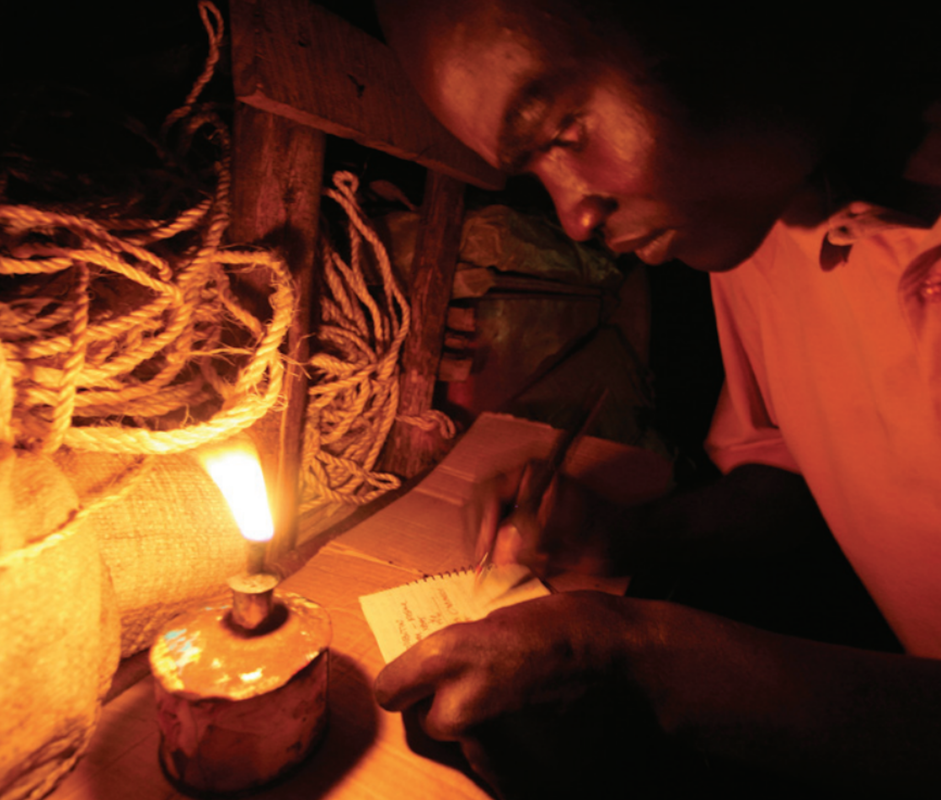Since 2020, Unite to Light has been working to scale up our programs that target climate change pollutants. This work has taken two forms: a light subsidy program in Tanzania, and a project that would update the methodology for assessing the climate impacts of kerosene lamps to include black carbon (soot), as well as carbon dioxide and methane. Below we dive into the details of each project. Solar Lamps Create Carbon Offsets and Economic Empowerment for Women Over 240 million people are being left behind by current electrification efforts. These are people in “last mile” communities. They are hard to reach with grid-tied electricity and largely overlooked by traditional solar companies because typical economics don’t pencil. The majority of those being left behind are women and children. They do not have the resources to purchase even a low-cost solar light, and are disproportionately exposed to the adverse effects of kerosene use - from breathing noxious fumes, to limited daylight hours to work. In 2020 we partnered with the University of California (UC) and another nonprofit, Solar Sister, to offer subsidized solar lights with the goal of helping people who could not otherwise afford to switch to solar due to the upfront cost. Solar Sister customers in Tanzania got reduced-cost solar lights, and the UC got the carbon credits associated with transitioning people from kerosene to solar. Now we are working to scale the project up. The model will be the same: the UC will invest in subsidies for solar lamps to reduce kerosene use and use those credits to offset their greenhouse gas emissions. We will partner with Solar Sister to distribute the lamps, and d.light for manufacturing. Over the next three years we hope to subsidize 300,000 lamps and offset 55,200 tonnes of carbon dioxide equivalent. This is roughly equal to getting 12,000 cars off the road for a year. Goals of the carbon offset project :
Black Carbon Measurement Equals More Investment
lamps with solar lamps to include black carbon. The timing is ripe because under Article 6 of the Paris Agreement, all regulated emitters must change how they account for GHG emissions globally. Incorporating black carbon, and other short term climate pollutants, may lead to more robust and accurate projects, while spurring investment.
Goals of the black carbon project include:
As you can tell, we have a lot of work to do! We are confident that the carbon offset program and black carbon project will create tangible progress for people and planet Earth. But we can’t do it alone. Our planet is rapidly warming and people continue to live in poverty - we need your help!
0 Comments
Leave a Reply. |
Archives
July 2024
Categories
All
|
|
Unite to Light is a not-for-profit 501(c)3 corporation (EIN: 27-2942180).
All donations are tax deductible. With a billion people living in darkness, we have a lot of work to do! Address: Unite to Light, 1117 State Street #19 Santa Barbara, CA 93101 Phone: (805) 617-0590 Email: [email protected] |
IMPACT IN YOUR INBOX
Stay in touch as we light lives. |
© Unite to Light. All rights reserved.





 RSS Feed
RSS Feed
